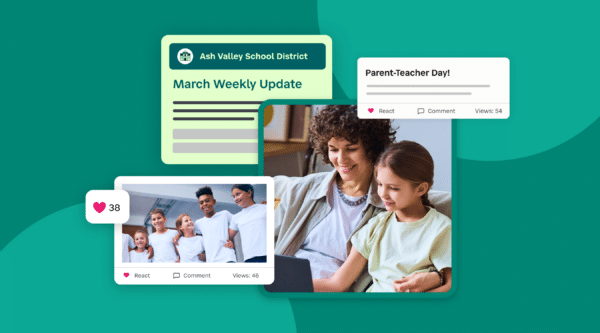
Featured Resource
Why Over Half of California School Districts Trust SchoolStatus
Read More >Join Mission: Attendance to reduce chronic absenteeism in 2025-26! >> Learn How <<





Spring break may be over, but for many districts, a new attendance challenge is just beginning. The weeks between spring break and summer often bring a noticeable drop in daily attendance—and for students already at risk of chronic absenteeism, those missed days quickly add up.
As districts work to close out the school year strong, improving student attendance is one of the most effective ways to support academic success. With the right data and outreach strategies, district leaders can re-engage students, partner with families, and ensure every day counts leading up to the final bell.
Reducing chronic absenteeism in the spring starts with knowing who needs support.
With tools like SchoolStatus Attend, district leaders can quickly identify which students are trending toward chronic absenteeism and act before year-end learning gaps set in.
Attendance is a team effort. Be sure everyone in the school community has access to the right information.
Ensure that principals, attendance teams, and classroom teachers have up-to-date visibility into student attendance trends. With clear dashboards and weekly reports, school staff can take timely action when patterns emerge.
Improving spring attendance also means deepening relationships with families.
Using SchoolStatus Connect, districts can send personalized texts, emails, or phone calls that encourage attendance without creating defensiveness. The key is to reinforce that schools and families are on the same team.

📥 Download our Mid-Year Attendance Trends Report to explore key insights on chronic absenteeism and student engagement across districts.
Get the ReportAfter a break, students often need help getting back into the rhythm of school.
Spring is a great time for a “routine reset.” Whether it’s through morning announcements, classroom goal-setting, or a brief SEL lesson, re-establishing expectations can help students stay focused and engaged through the end of the year.
From field trips and awards to graduation and promotion ceremonies, the spring semester is full of meaningful moments.
Make sure students and families understand that every day of instruction matters and that showing up is the best way to be part of the celebration.
The last few weeks of school offer powerful opportunities to reinforce learning, celebrate progress, and build momentum into the summer. By using real-time data, personalized family communication, and consistent expectations, district leaders can improve spring attendance and help every student finish the year strong.
 Dr. Kara Stern
Dr. Kara SternDirector, Education and Engagement
Dr. Kara Stern began her career as an ELA teacher, then shifted into administration as a middle school principal. Dr. Stern is a fervent advocate for equitable communication and family engagement. She spent five years as Executive Director at Math for America, where she designed the professional learning community that exists to this day. An unexpected move to Tel Aviv launched her into the world of EdTech where she became the Director of Education Content for Smore and then the Head of Content at SchoolStatus. Outside of work, she indulges her love for reading, devouring two novels weekly, with a particular fondness for heists and spy stories.
News, articles, and tips for meeting your district’s goals—delivered to your inbox.















Ready to learn more about our suite of solutions?
